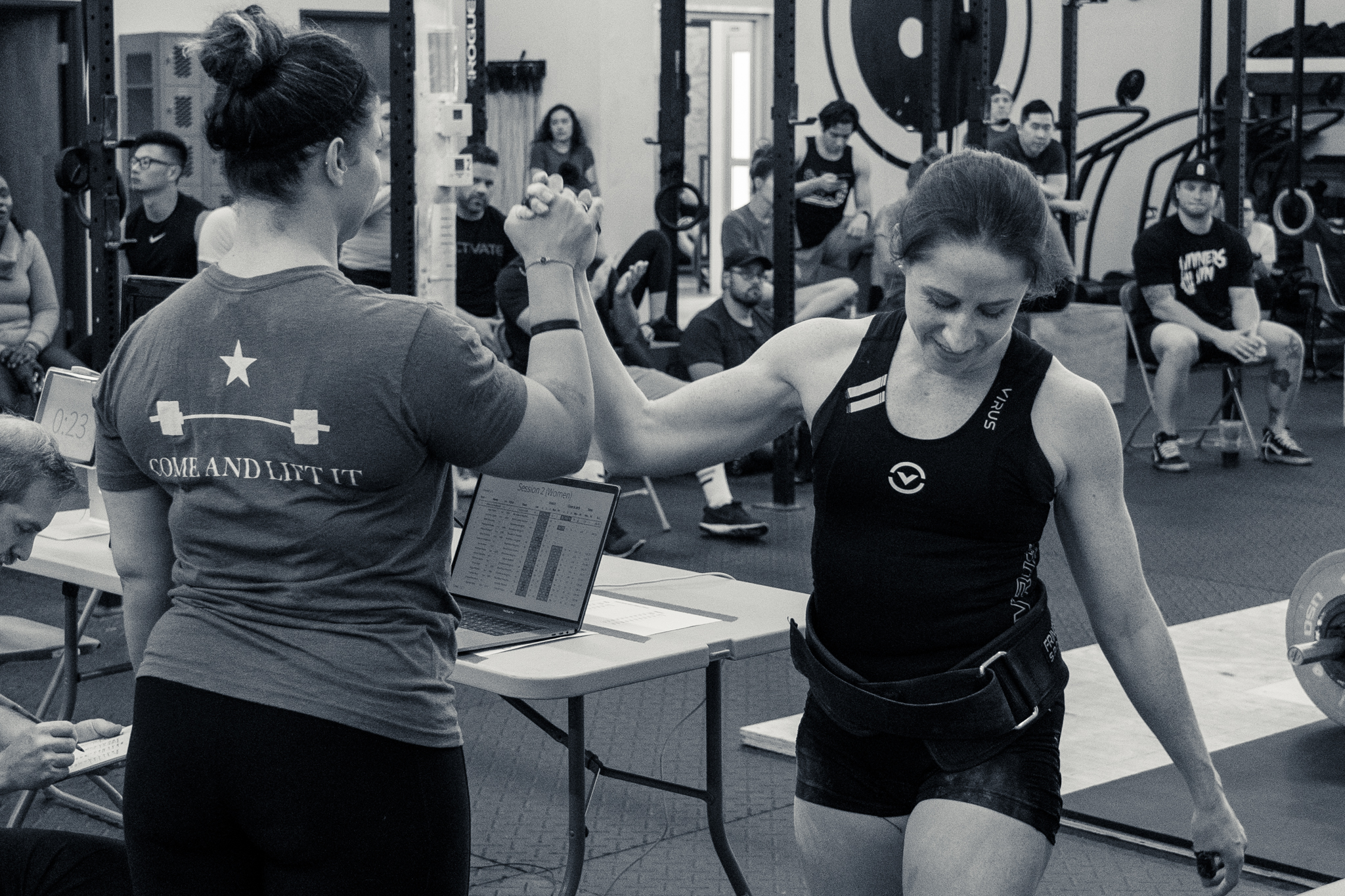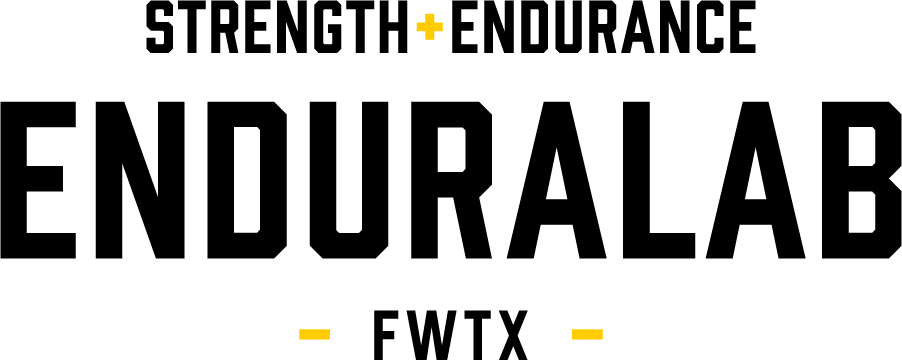
by Coach Chris Lofland
Here are some of the things you can expect when preparing and competing in your first local weightlifting meet (LWC).
Registration:
Registration will likely be through whatever service the local gyms prefer but all registrations will include some general information about you as a lifter. Be prepared to have this information available.
- USAW Number (You must be a USAW member to compete in a sanctioned event)
- Weight Class (Know what weight class you plan to compete in. Classes can be found HERE.
- Entry Total (Estimate how much you weight plan to lift…in kilograms…and provide this information. This helps the event coordinator place you in the proper session).
You will also provide your basic information about yourself but the above will be the questions that you might not be ready to answer off the top of you head.
Start List and Schedule:
Don’t email the event host over and over about when the start list will be out unless registration has been closed for at least 48hrs. The host can’t divide the sessions properly until after they know who all will be signed up and they have the above information from everyone. Most events close registration around a week to 2 weeks prior to the event.
The finals start list will likely go out the night before the event. Changes to the start list can be made all the way up until you see the “Final” start list. So check it every time it is provided because your session might change.
What to bring?
- ID and/or USAW Card
- Singlet
- Weightlifting Shoes
- Legal Accessory Lifting Gear (belts, knee sleeves, tape, etc.)
- Liquids (Water, Pedialyte, Gatorade, etc.)
- Snacks and Food
Weigh-In:
Weigh-ins for your session will begin 2 hours prior to the start of your session and will last for 1hr. You have that hour to make weight. So if you are still overweight (or under) by the time weigh-in starts then you have 60min to get to your weight. Local meets should let you go up or down a weight class the day of or during weigh-ins if you don’t make your weight. So if you plan to be a 102kg lifter and you weigh in at 102.1. You can either try to lose the weight before the weigh-in hour concludes or you can choose to lift as a 109kg lifter that day.
After you weigh in:
You will likely have at least an hour after your weight in. This is your chance to rehydrate and get some food in if you had to cut weight. If you didn’t cut then just make sure you are hydrated and have something in your system to be ready to warm up and compete. After fueling try to relax. Don’t waste a bunch of energy pacing, trying to warm up too early, or just being really anxious. Work to relax and stay calm until your coach calls you up to start warming up.
Warm Ups:
Prior to warm ups, you and your coach should have gone over what lifts you want to take when warming up prior to the 3 attempts you want to take on the competition platform. For example:
Snatch Opener 100kg
Warm Up Lifts:
- Empty Bar
- 40kg x 3
- 60kg x 2
- 70kg x 1
- 80kg x 1
- 90kg x 1
- 95kg x 1
This will help your coach plan when you should take those lifts so that you don’t warm up too early or too late. Listen to your coach and let him or her tell you when to take your warm up lifts. It is okay to check in with them and ask, “do I need to take anything,” or “it’s been a while can I take something?” but don’t get ahead of yourself. The last thing you want is to take too many warm ups attempts and be tired by the time you have to compete.
On the Platform:
Once you are called to lift you will have 1 minute to start your lift. Once you start your lift you have as much time as you need to finish it. So you just need to lift the bar off the floor before the timer runs out. Once you stand up your lift wait for the center judge to signal you “down” by either saying it out loud and waving their hand downward. They should do both. Some local meets might have a scoring system that will light up a down signal arrow that will also act as an okay to drop the weight. When you drop the weight keep your hands on it until it passes your hips. You don’t have to control it down but you do need to guide it down. Don’t let go of the bar from overhead and no slamming it down. Regardless of what the judges call start walking off the platform so they can prepare for the next lift.
Between Snatch and Clean and Jerk:
Most meets with either do 5 minutes or 10 minutes between the last snatch and the first clean and jerk starts. Be sure you or your coach know how much time will be between Snatch and Clean and Jerk before the session starts so that you can plan your Clean and Jerk warm ups accordingly.
After Your 3rd Clean and Jerk:
You are done competing. Keep in mind though that most local meets can always use volunteers. If you have the availability to volunteer please do so. It is a great way to say thank you to the event hosts!
Awards:
Awards are not mandatory and many local meets might not do them. If they do they will likely award or recognize the top (or top 3) Male and Female lifters based on Sinclair or Robi points. This is a way to determine the best lifter out of all the weight classes.
After the Event:
The event host should submit the scores from the meet to the USAW National office within a week of the meet. You should receive an email confirmation when your total has been submitted. Look over the information and make sure everything is correct. If it is not or you never received a confirmation email from USAW then reach out to the event host so they can make the change.
That is it! Start prepping for your next meet and stay tuned for my Part 2 (National Meets) and Part 3 (International Meets) preparation guides coming out soon!! If you have any questions feel free to reach out to Coach Chris at: Chris@BlueWaveFitness.com
CLICK HERE to see BlueWave Athlete Cole Mays Back Squat 210kg (462lbs) AT 79kg Bodyweight.



